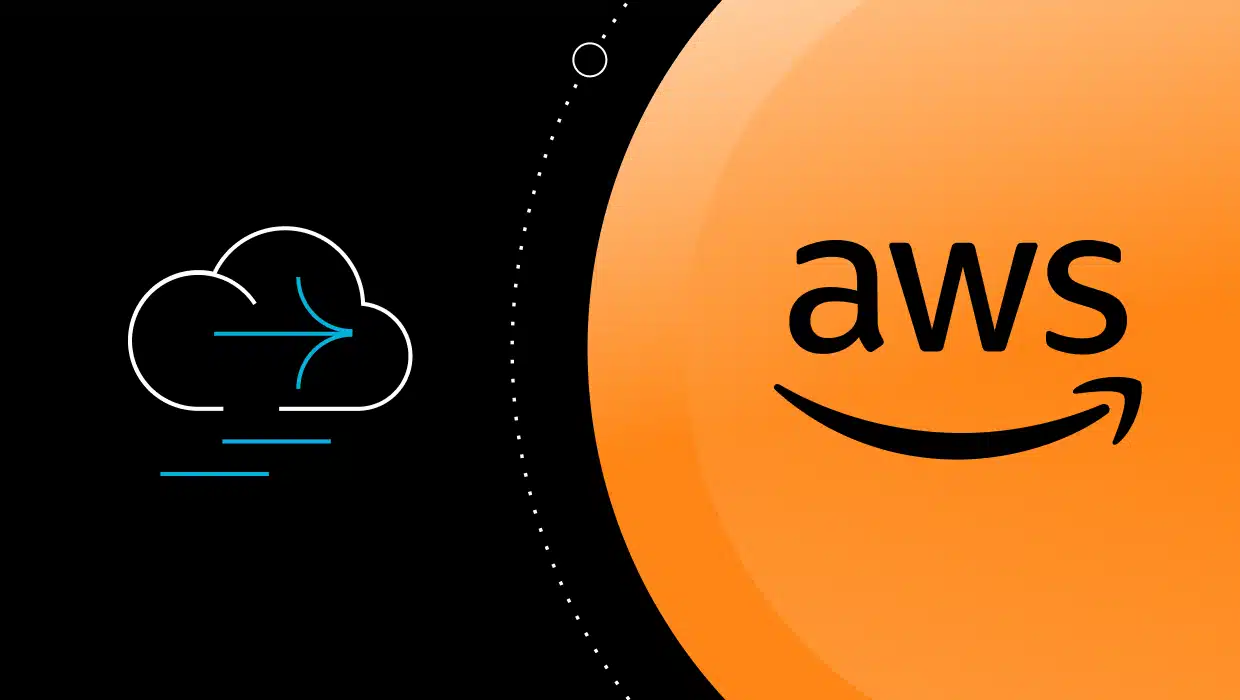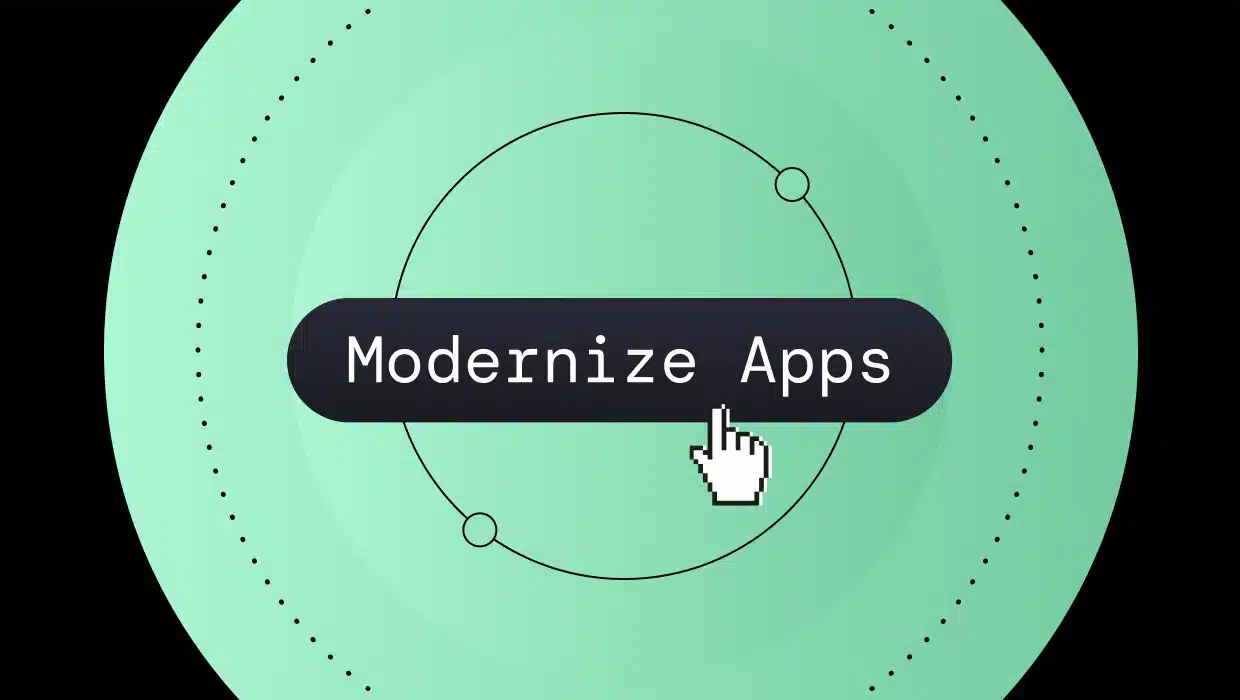The three-layered (or three-tiered) application architecture has served for decades as the fundamental design framework for modern software development. It came to the fore in the 1990s as the predominant development approach for client-server applications and is still widely used today. Many organizations continue to depend on three-layer Java applications for some of their most business-critical processing.
With the cloud now dominating today’s technological landscape, businesses are facing the necessity of modernizing their legacy apps to integrate them into the cloud. But the traditional three-layer architecture has proved to be inadequate for cloud-centric computing. Java apps that employ that pattern are typically monolithic in structure, meaning that the entire codebase (including all three layers) is implemented as a single unit. And monoliths just don’t work well in the cloud.
In this article, we’ll examine the benefits and limitations of the three-layered application architecture to see how we can retain the benefits while not being hobbled by the limitations as we modernize legacy apps for the cloud.
What is the three-layer architecture?
The three-layer architecture organizes applications into three logical layers: the presentation layer, the application layer, and the data layer. This separation is logical and not necessarily physical—all three layers can run on the same device (which is normally the case with legacy Java apps) or each might execute in a different environment.
The presentation layer
This is the user interface (UI) layer through which users interact with the application. This layer might be implemented as a web browser or as a graphical user interface (GUI) in a desktop or mobile app. Its function is to present information from the application to the user, and collect information from the user and deliver it to the application for processing.
The application layer
The application layer, also called the middle, logic, or business logic layer, is the heart of the application. It’s where the information processing that accomplishes the core functions of the app takes place. It stands between the presentation and data layers and acts as the intermediary between them—they cannot communicate with each other directly, but only through the application layer.
The data layer
This is the layer that stores, manages, and retrieves the application’s data. Java apps typically use commonly available relational or NoSQL database management systems such as MySQL, PostgreSQL, MongoDB, or Cassandra.
Benefits of the three-layer architecture
According to IBM, although the terms “three-layer” and “three-tier” are commonly used interchangeably, they aren’t the same. In a three-tier app, the tiers may execute in separate runtime environments, but in a three-layer app, all layers run in the same environment. IBM cites the contacts function on your mobile phone as an example of an app that has three layers but only a single tier.
Most legacy Java apps have a three-layer rather than three-tier architecture. That’s important because some of the benefits of the three-tier architecture may be lost or minimized in three-layer implementations. Let’s take a look at some of the major benefits of three-layer and three-tier architectures.
1. Faster development
Because the tiers or layers can be handled by different teams and developed simultaneously, the overall development schedule can be shortened. In smaller Java apps all layers are likely to be handled by a single team, while larger projects commonly use separate teams for each layer.
2. Greater Maintainability
Dividing the code into functionally distinct segments encourages separation of concerns, which is “the idea that each module or layer in an application should only be responsible for one thing and should not contain code that deals with other things.”
This makes the codebase much cleaner, more understandable, and more maintainable, showcasing one of the 3 tier architecture advantages that developers appreciate This benefit may be limited, however, because legacy app developers often failed to strictly enforce separation of concerns in their designs.
3. Improved scalability
When a three-tier application is deployed across multiple runtime environments, each tier can scale independently. But because a three-layer monolithic app normally executes as a single process, you can’t scale just a portion of it—to get better performance for any layer or function, you must scale the entire app. This is normally accomplished through horizontal scaling; that is, by running multiple instances of the app, often with a load balancer to distribute work to the instances.
4. Better security
The fact that the presentation and database layers are isolated from each other and can communicate only through the application layer enhances security. Users cannot directly access or manipulate the database, and safeguards can be built into the application layer to ensure that only authorized users and requests are served.
5. Greater reliability
The fact that the app’s functionality is divided into three distinct parts makes isolating and correcting faults, bugs, and performance issues easier and quicker.
Limitations of the three-layer architecture
The three-tier architecture worked well for client-server applications but is far less suited for the modern cloud environment. In fact, its limitations became evident so quickly that Gartner made the following unequivocal declaration in 2016:
“The three-tier application architecture is obsolete and no longer meets the needs of modern applications.”
Let’s take a look at some of those limitations, particularly as they apply to three-layered monolithic Java apps.
1. Limited scalability
Cloud-native apps are typically highly flexible in terms of their scalability because only functions or services that are causing performance issues need to be scaled up. Monolithic three-layered apps are just the opposite—to scale any part requires scaling the entire app, which often leads to a costly waste of compute and infrastructure resources.
2. Low flexibility
In today’s volatile environment, app developers must respond quickly to rapidly changing requirements. But the layers of monolithic codebases are typically so tightly coupled that making even small changes can be a complex, time-consuming, and risky process. Because three-layer Java apps typically run as a single process, changing any function in any layer, even for minor bug fixes, requires that the entire app be rebuilt, retested, and redeployed.
3. High complexity
The tight coupling between layers and functions in a monolithic codebase can make figuring out what the code does and how it does it very difficult. Not only does each layer have its own set of internal dependencies, but there may be significant inter-layer dependencies that aren’t immediately apparent.
4. Limited technology options
In a monolithic app, all functions are typically written and implemented using the same technology stack. That limits the ability of developers to take advantage of other languages, frameworks, or resources that might better serve a particular function or service.
5. Lower security
The tight functional coupling between layers in monolithic apps may make them less secure because unintended pathways might exist in the code that allow users to access the database outside of the restrictions imposed by the application layer.
The app modernization imperative
Most companies that depend on legacy Java apps recognize that modernizing those apps is critical for continued marketplace success. In fact, in a recent survey of IT leaders, 87% said that modernizing their Java apps is the #1 IT priority in their organization.
But what, exactly, does modernization mean? IBM defines it this way:
“Application modernization refers primarily to transforming monolithic legacy applications into cloud applications built on microservices architecture.”
In other words, application modernization is about restructuring three-layer monolithic apps to a cloud-native microservices architecture. A microservice is a small unit of code that performs a single task and operates independently. That independence, in contrast to the tight coupling in monolithic code, allows any microservice to be updated without impacting the rest of the app.
Other advantages of a microservices architecture include simplicity, flexibility, scalability, and freedom to choose the appropriate implementation technology for each service. In fact, you could say that with the microservice architecture, all of the deficiencies that afflict the traditional three-layer architecture in the cloud are turned into strengths.
How not to modernize three-layer applications
According to a recent study, 92% of companies today are either already modernizing their legacy apps or are actively planning to do so. Yet the sad fact is that 79% of app modernization projects fail to meet their goals. Application modernization is an inherently complex and difficult process. Organizations that approach it haphazardly or with major misconceptions about what they need to accomplish are almost sure to fail.
One common pitfall that companies often stumble over is believing that they can modernize legacy apps simply by transferring them, basically unchanged, to the cloud. This approach, often called “lift and shift” is popular because it’s the quickest and easiest way of getting an app into the cloud.
But just transferring an application to the cloud as-is does nothing to address the fundamental deficiencies that soon become apparent when a three-layer, monolithic application is pitchforked into the cloud environment. All of that architecture’s limitations remain just as they were.
That’s why it’s critical for organizations that want true modernization to develop well-thought-out, data-informed plans for refactoring their legacy apps to microservices.
Why you should begin with the business logic layer
Many organizations begin their modernization efforts with what seems to be the simplest and easiest part, the presentation or UI layer. That layer is certainly of critical importance because it defines how people interact with the application and thereby has a major impact on user satisfaction.
But while modernization of the presentation layer may make the UI more appealing, it doesn’t change the functional character of the app. All its inherent limitations remain and no substantial modernization is achieved.
Sometimes modernization teams decide to tackle the data layer first because they believe that ensuring the accessibility and integrity of their data in the cloud environment is the most critical aspect of the transition. But here again, focusing first on the data layer does nothing to transcend the fundamental limitations the app brings with it into the cloud.
Those limitations will only be overcome when the heart of the application, the middle or business logic layer, is modernized. This layer, which implements the core functionality of the app, usually contains the most opaque logic and complex code. The in-depth analysis of the operations of this layer that is a prerequisite for dividing it into microservices will provide a deeper understanding of the entire app that can be applied in modernizing all its layers.
Getting started with the right partner
Application modernization can be a complex and difficult undertaking. But having the right partner to provide guidance and the right tools to work with can minimize the challenges and make reaching your modernization goals far more achievable.
vFunction can provide both the partnership and the tools to help you approach app modernization with competence and confidence. Our AI-based modernization platform can substantially simplify the task of analyzing the logic layers of your apps and converting them to microservices. And our experience and expertise can guide you safely past missteps that have caused so many modernization attempts to end in failure.
To learn how vFunction can help you achieve your Java app modernization goals, contact us today.







